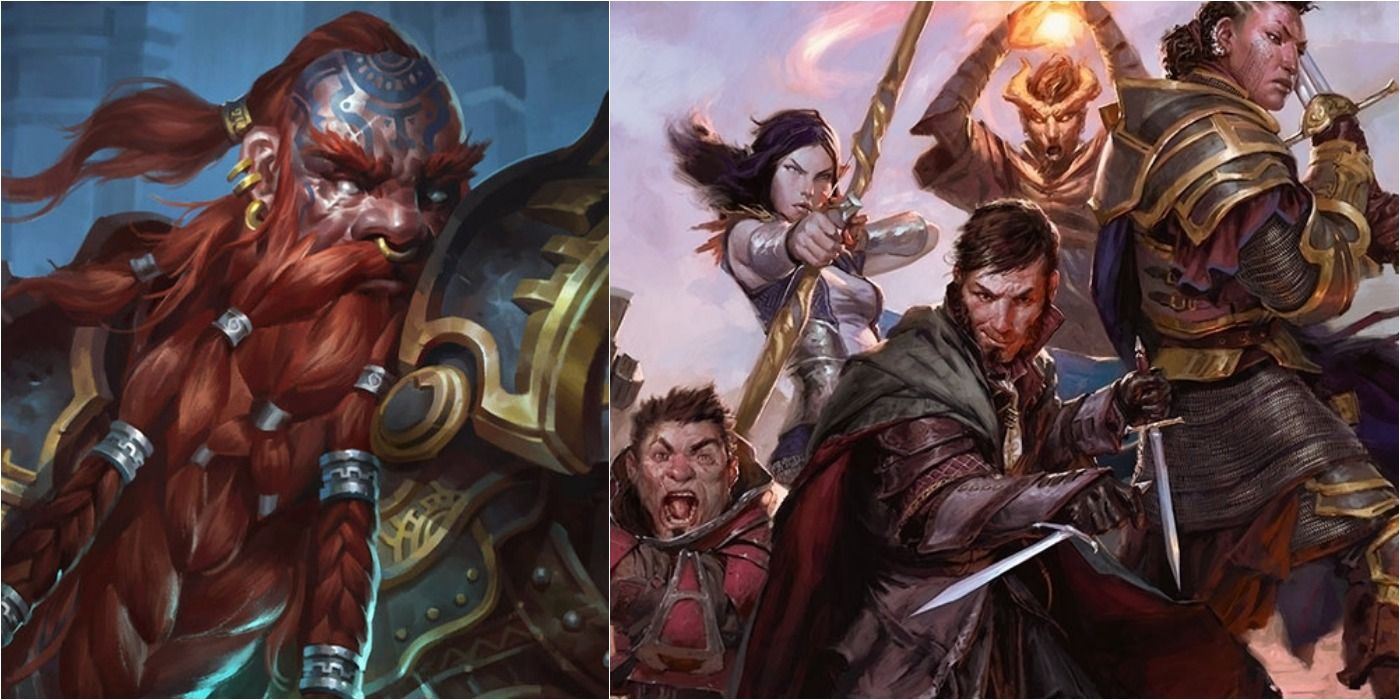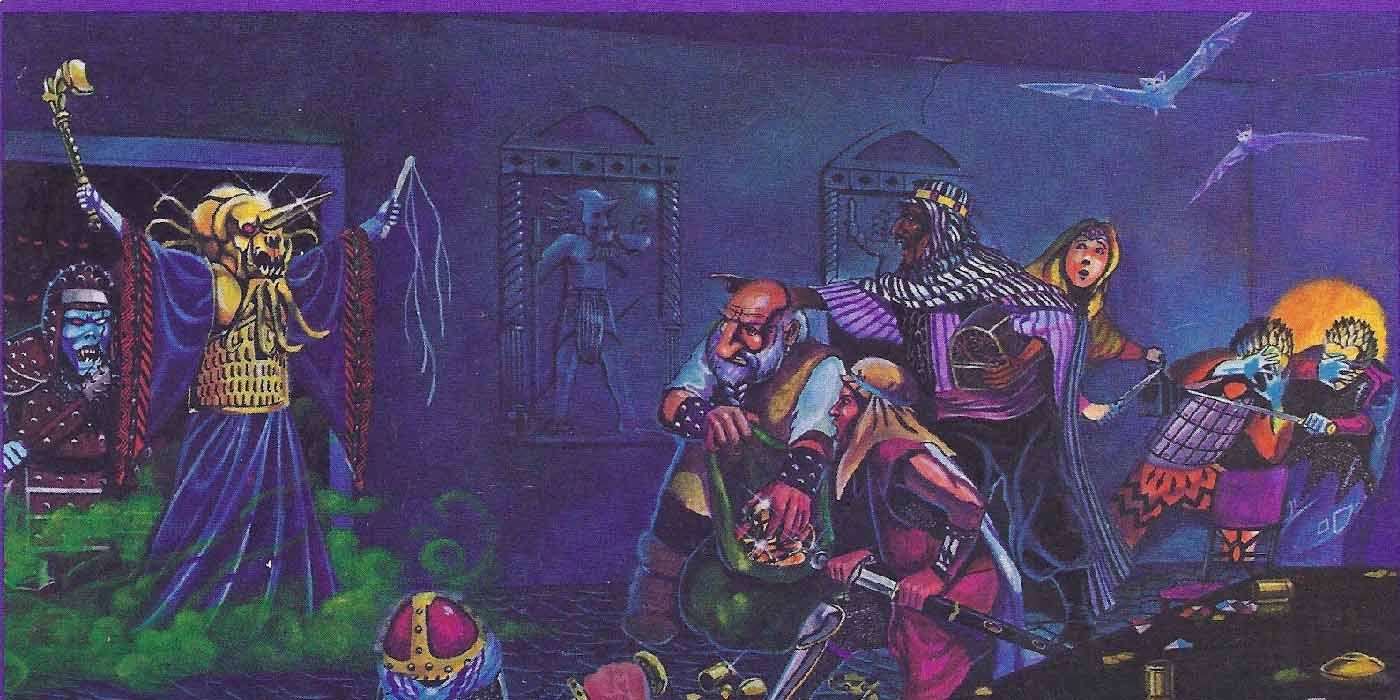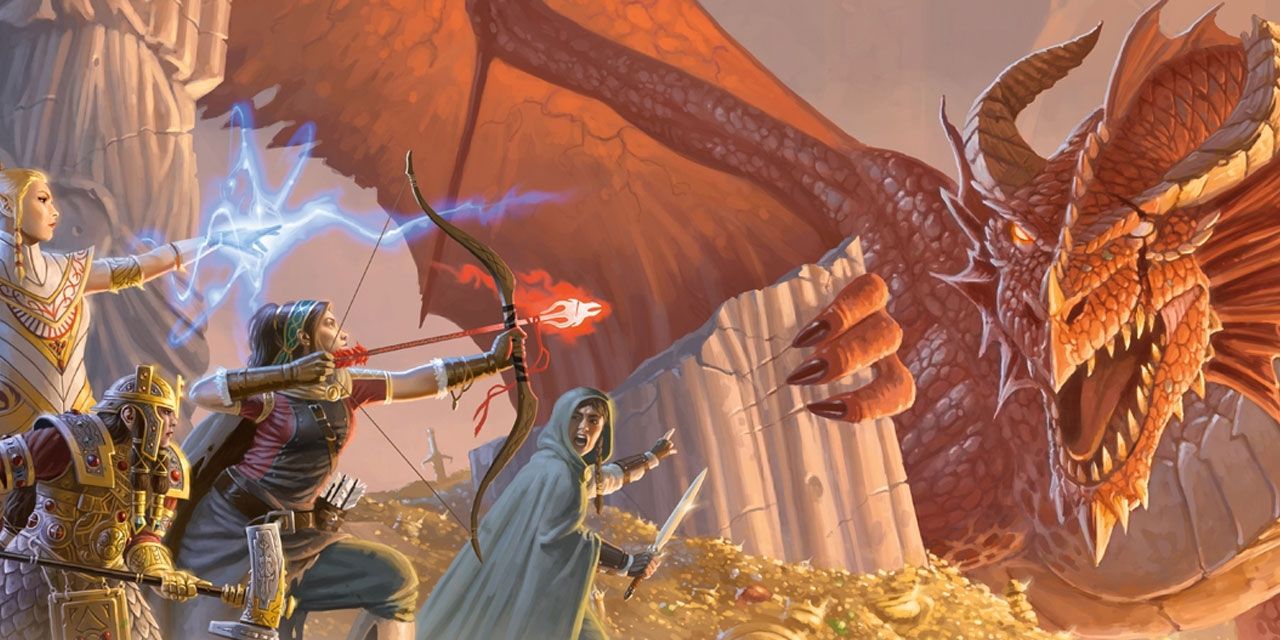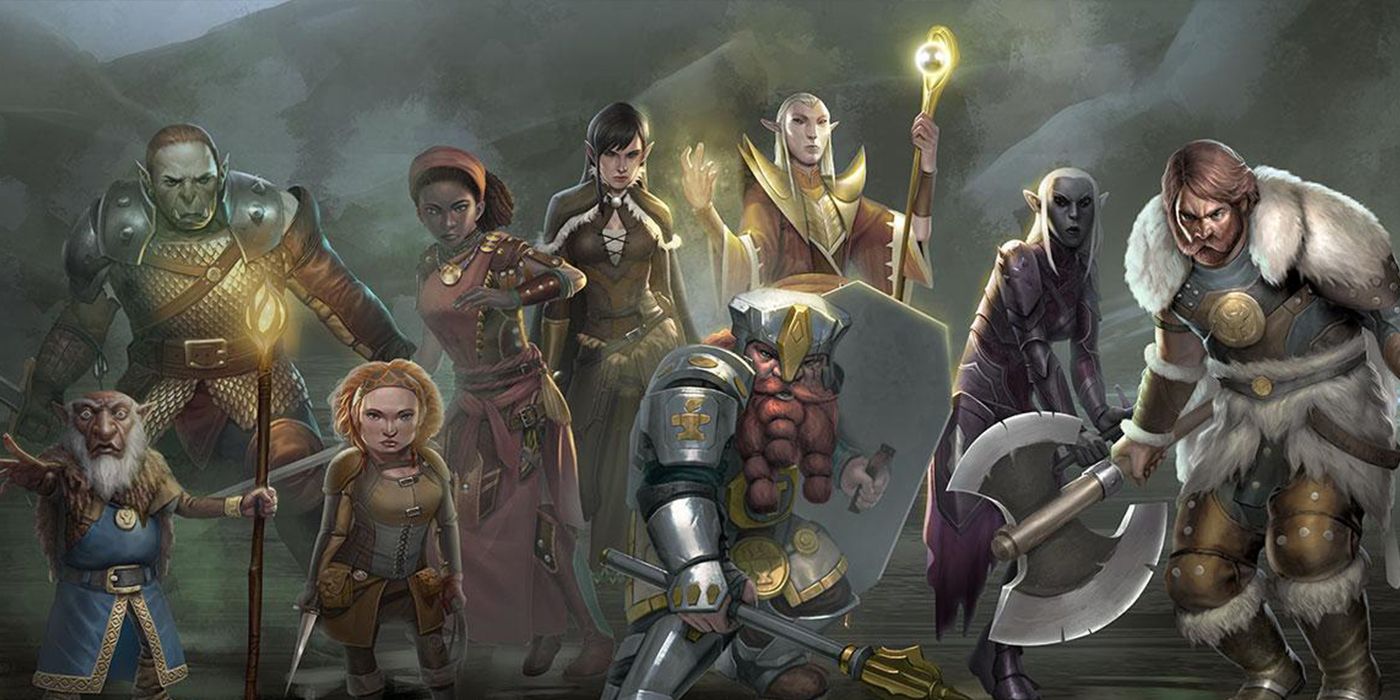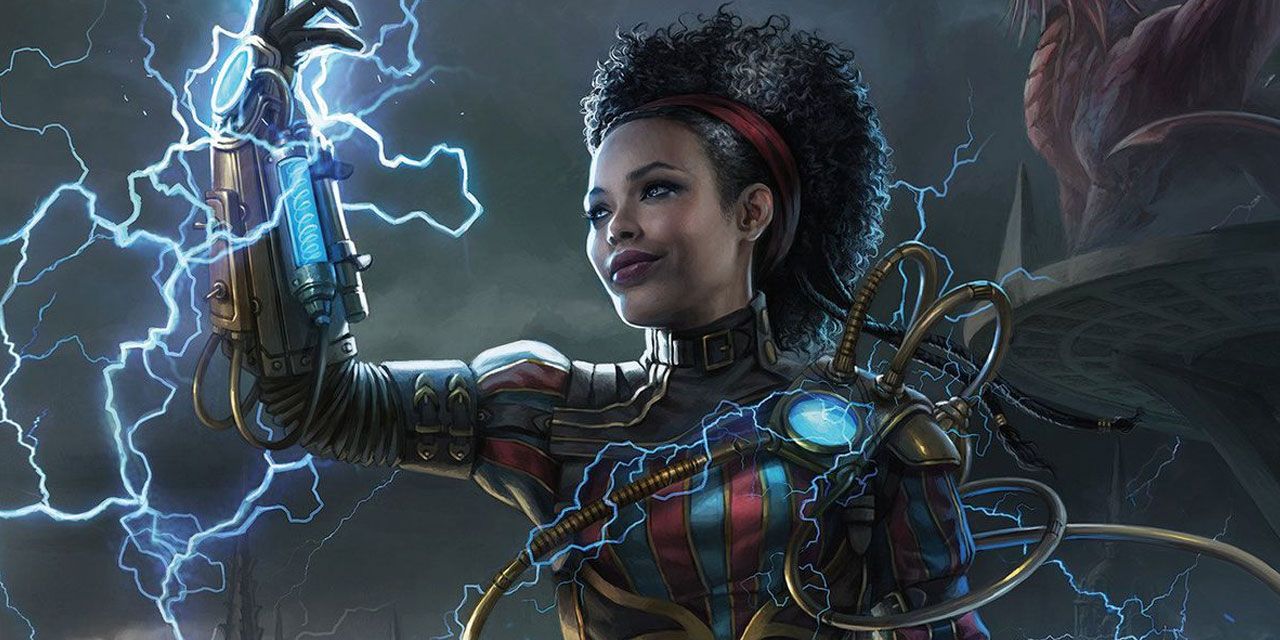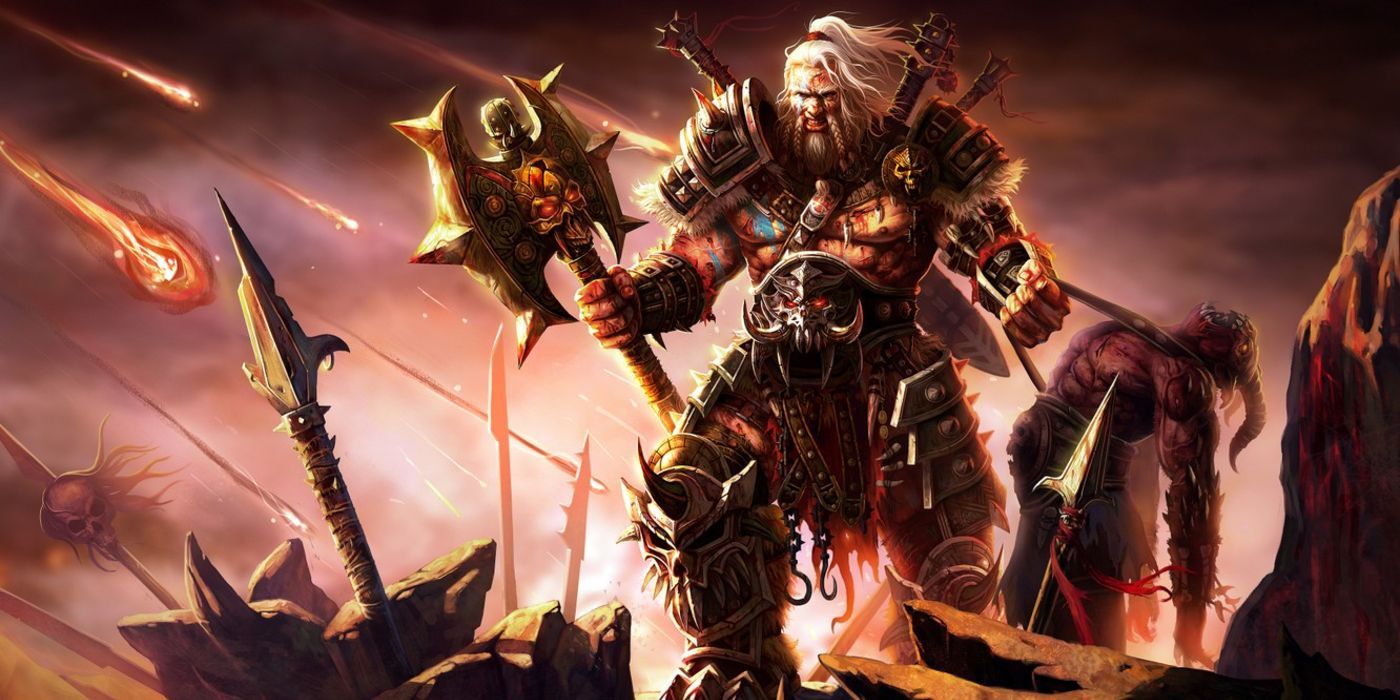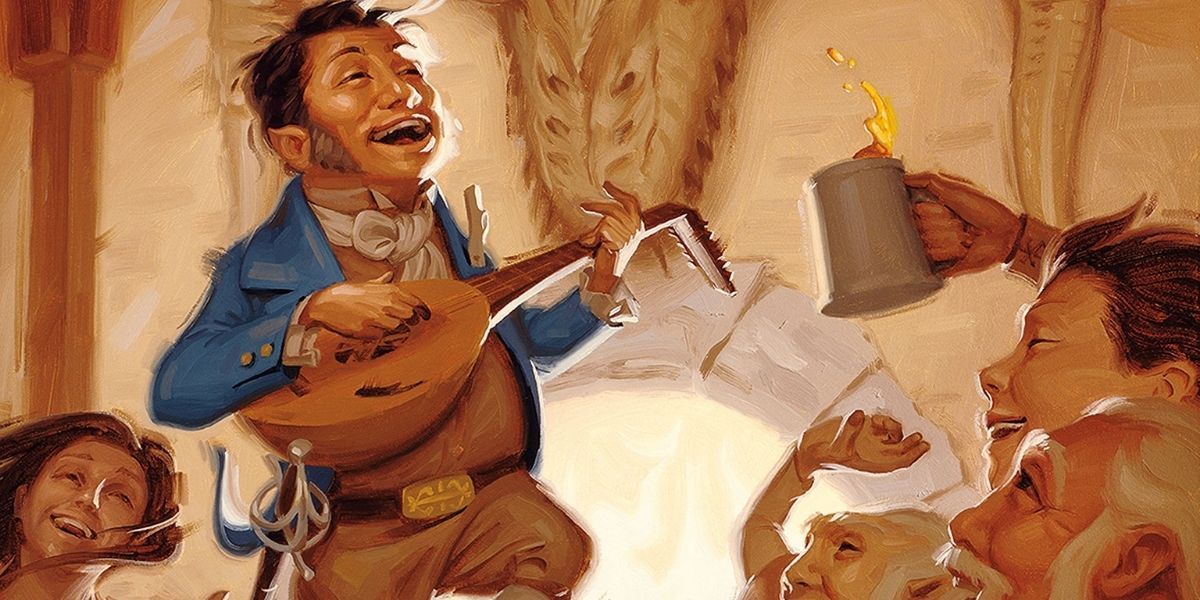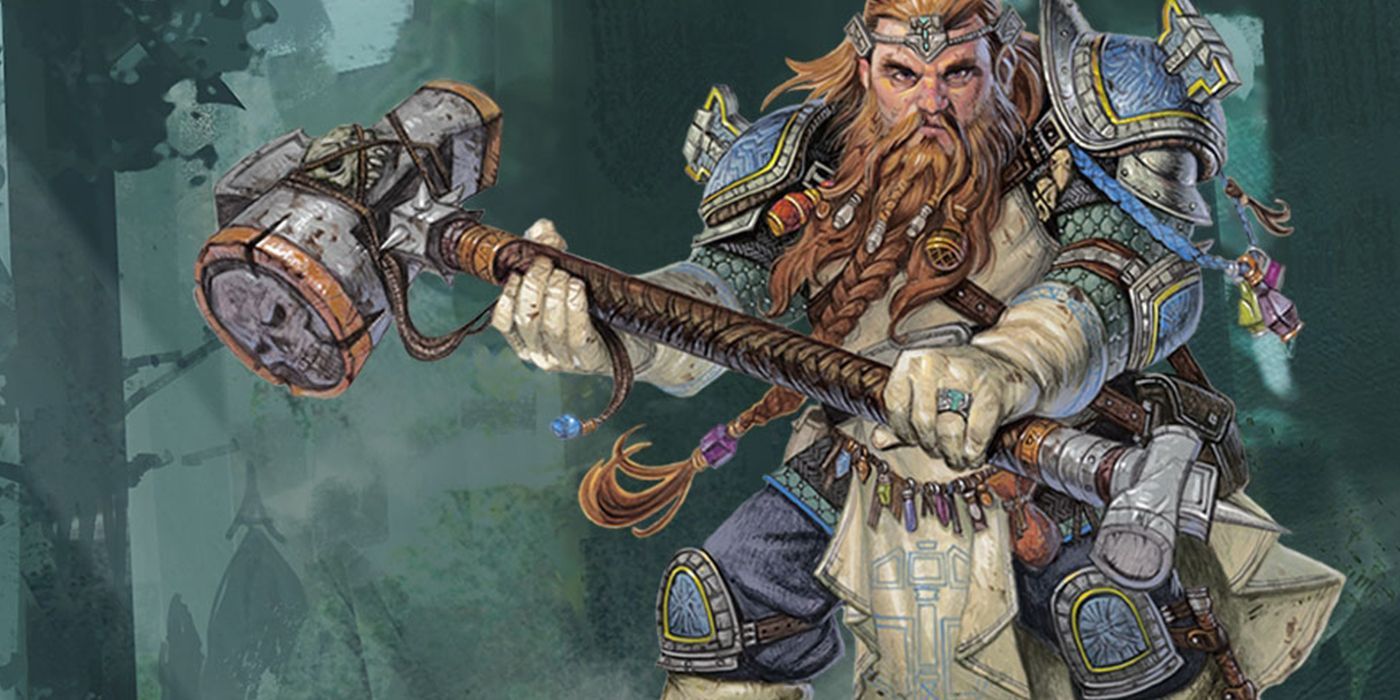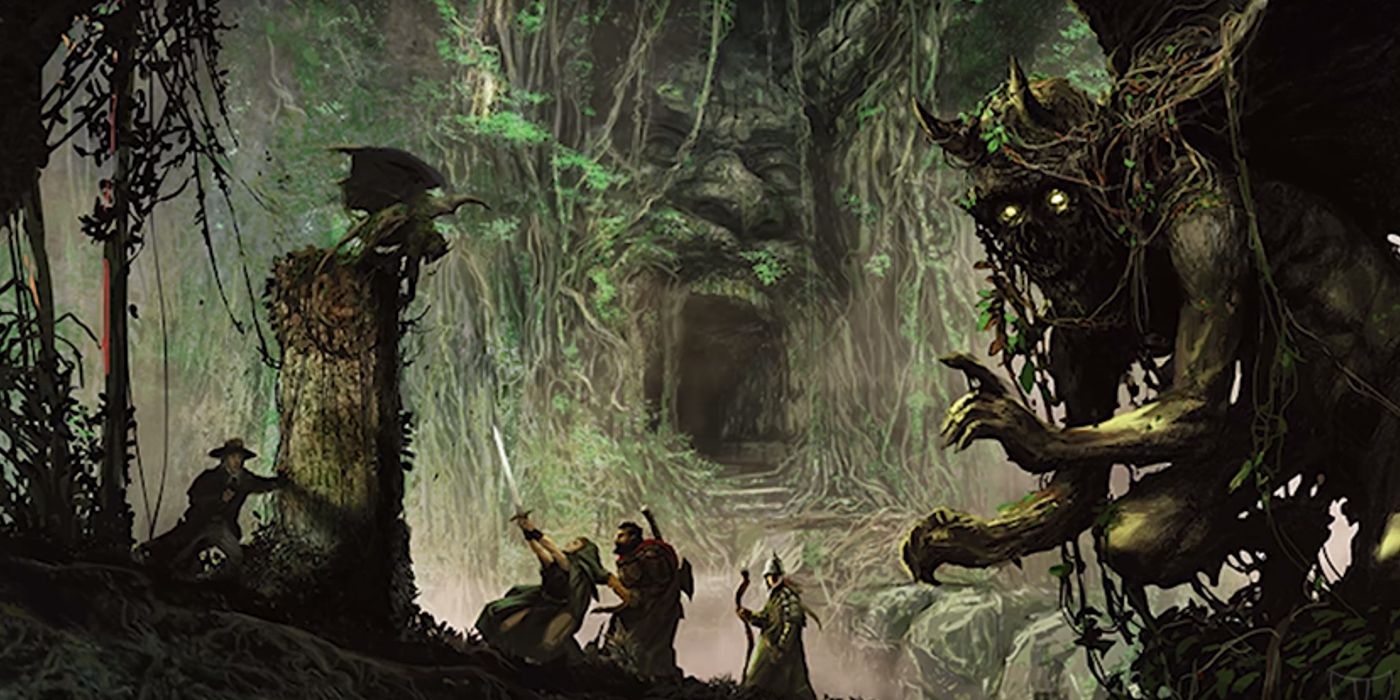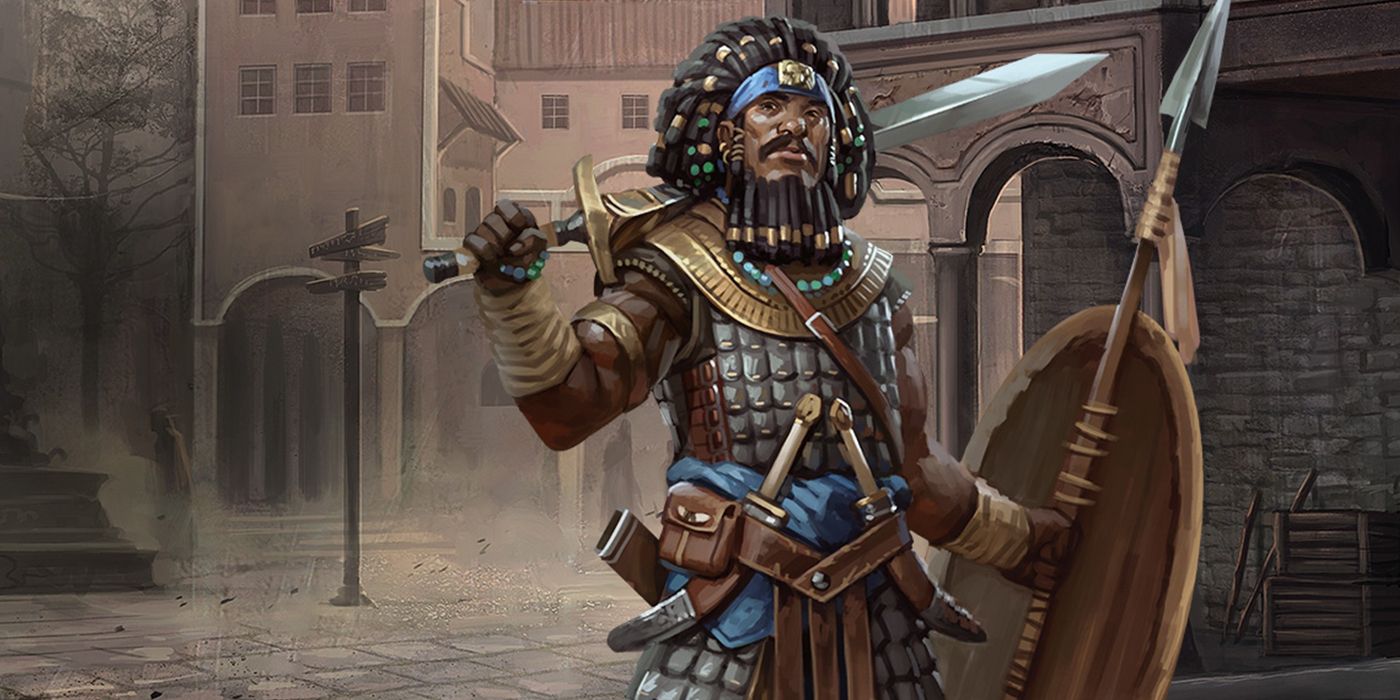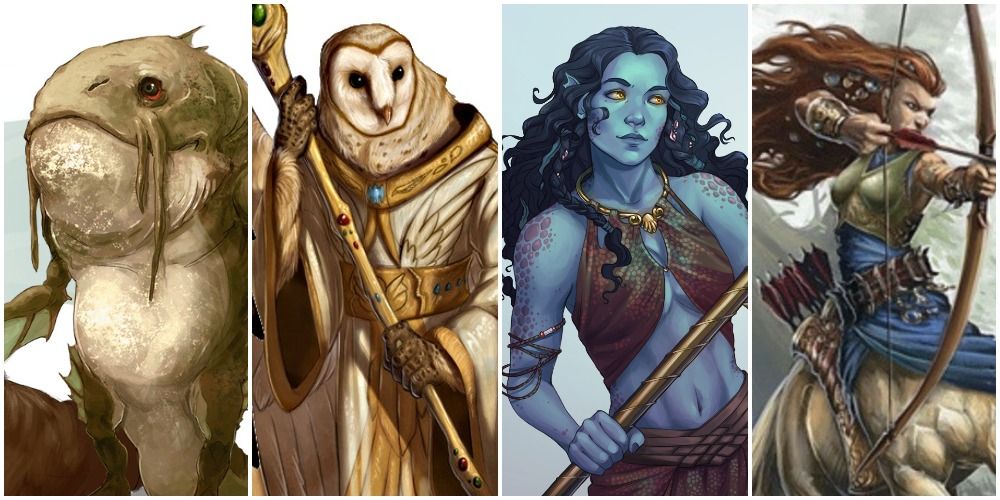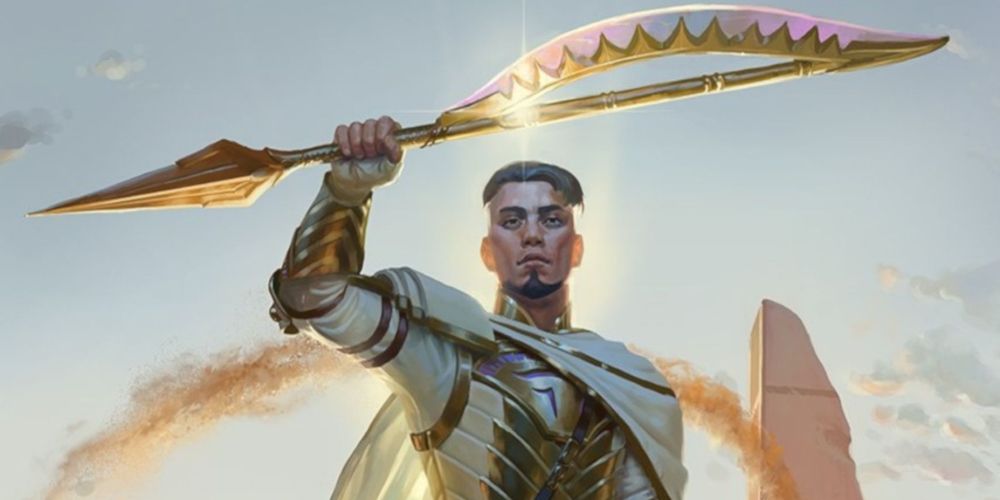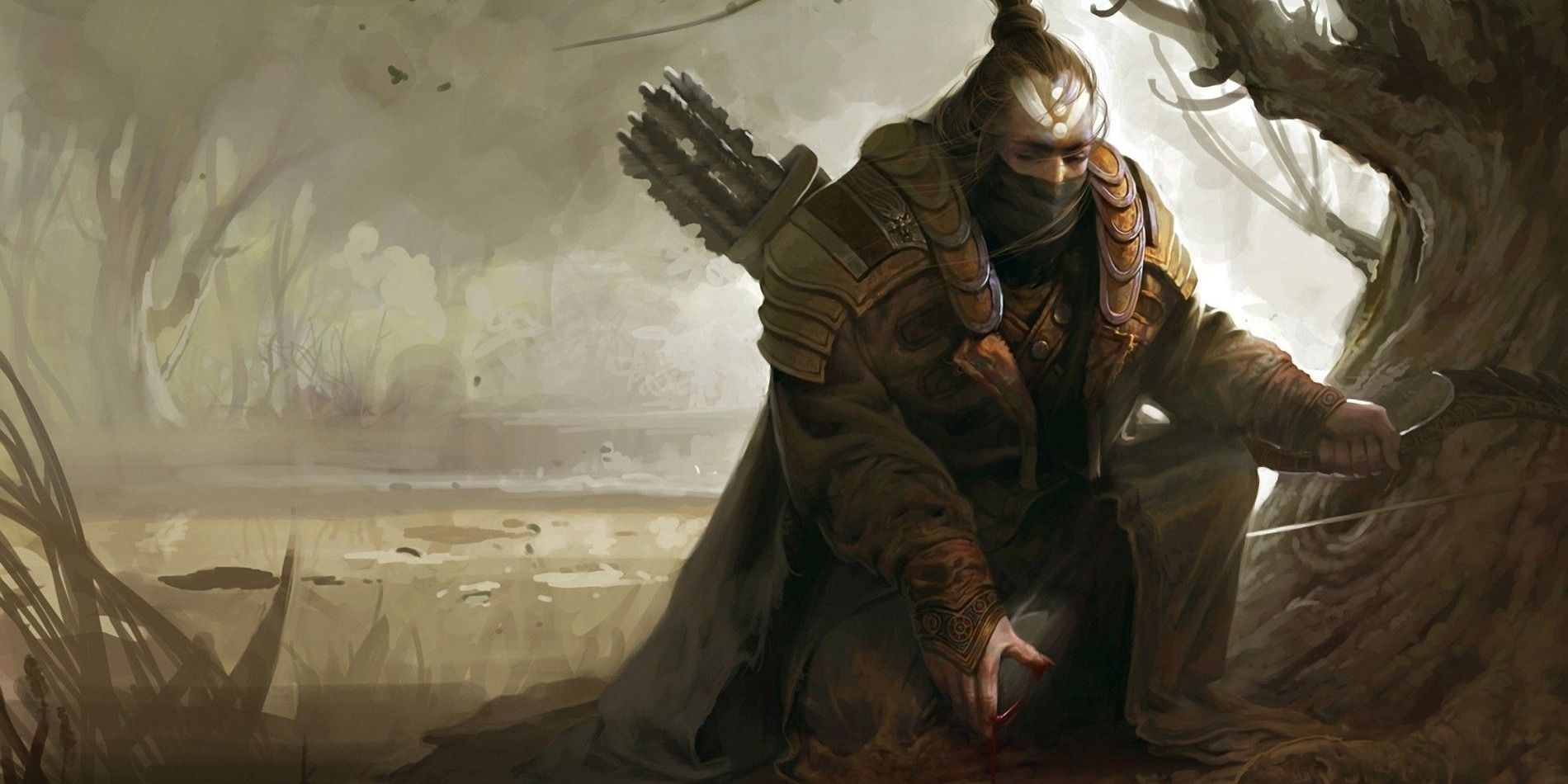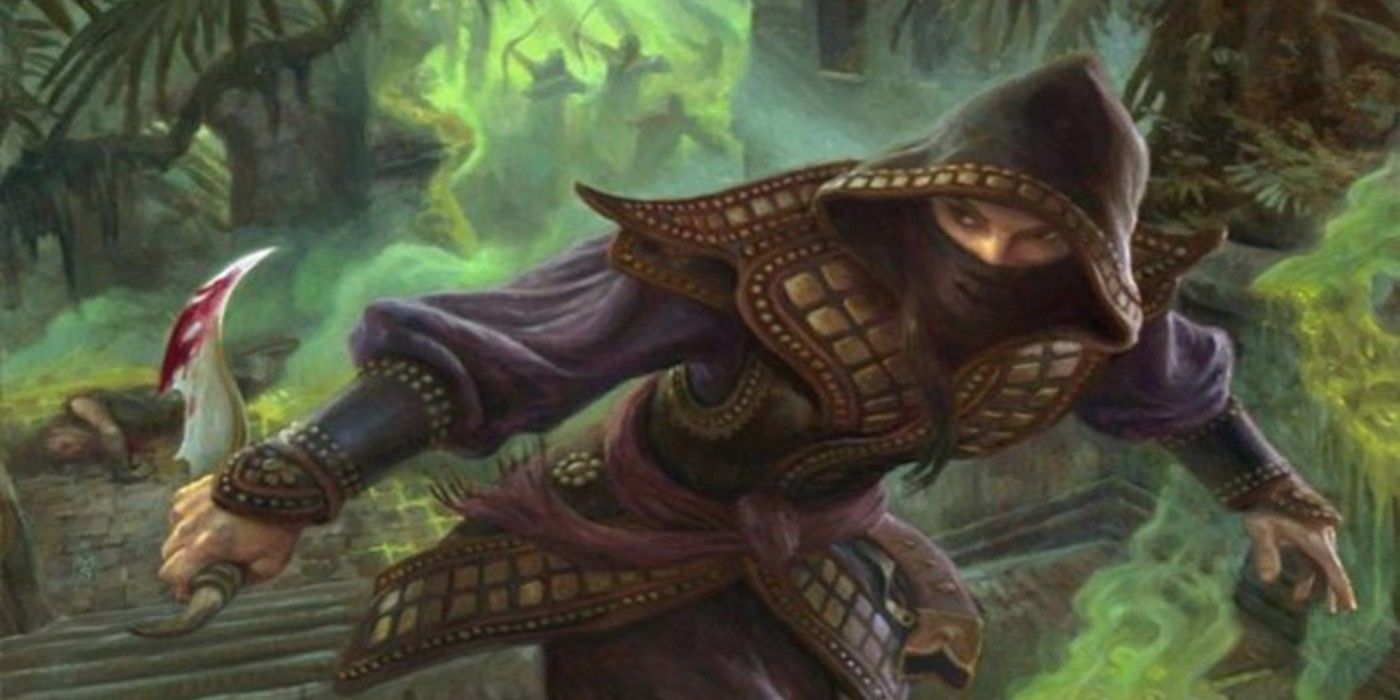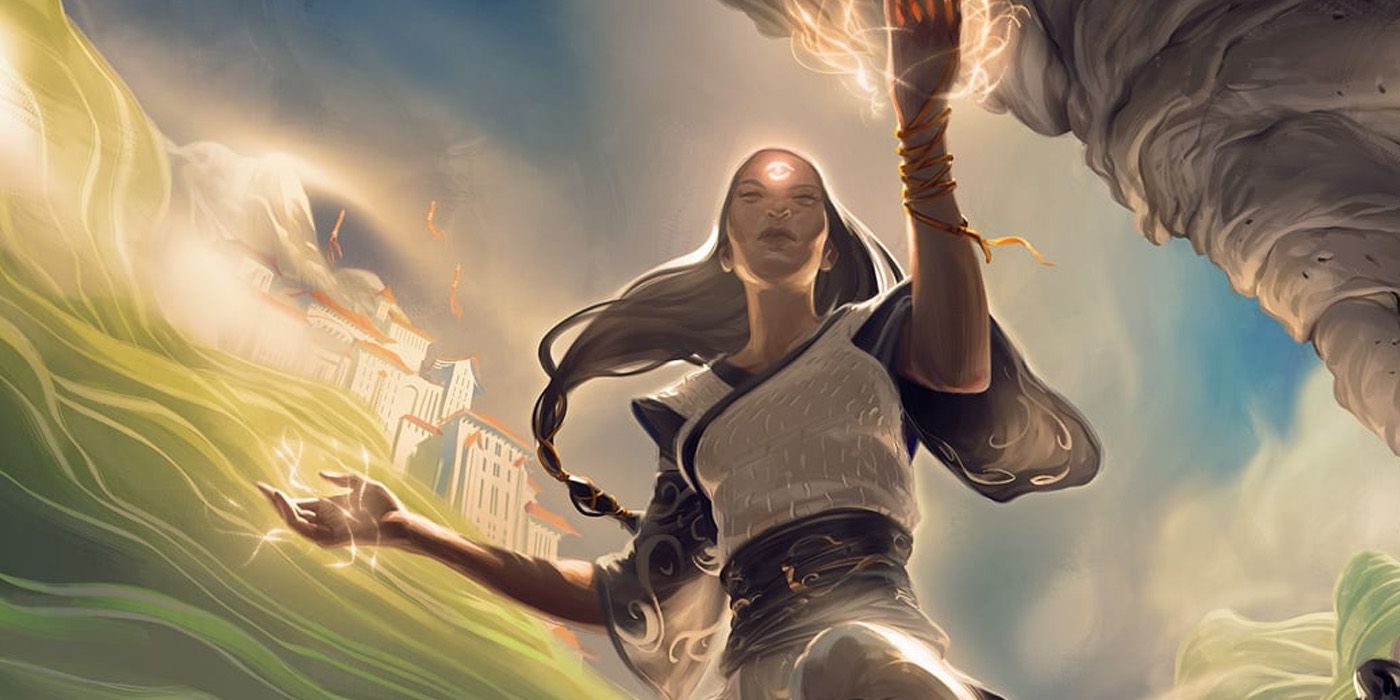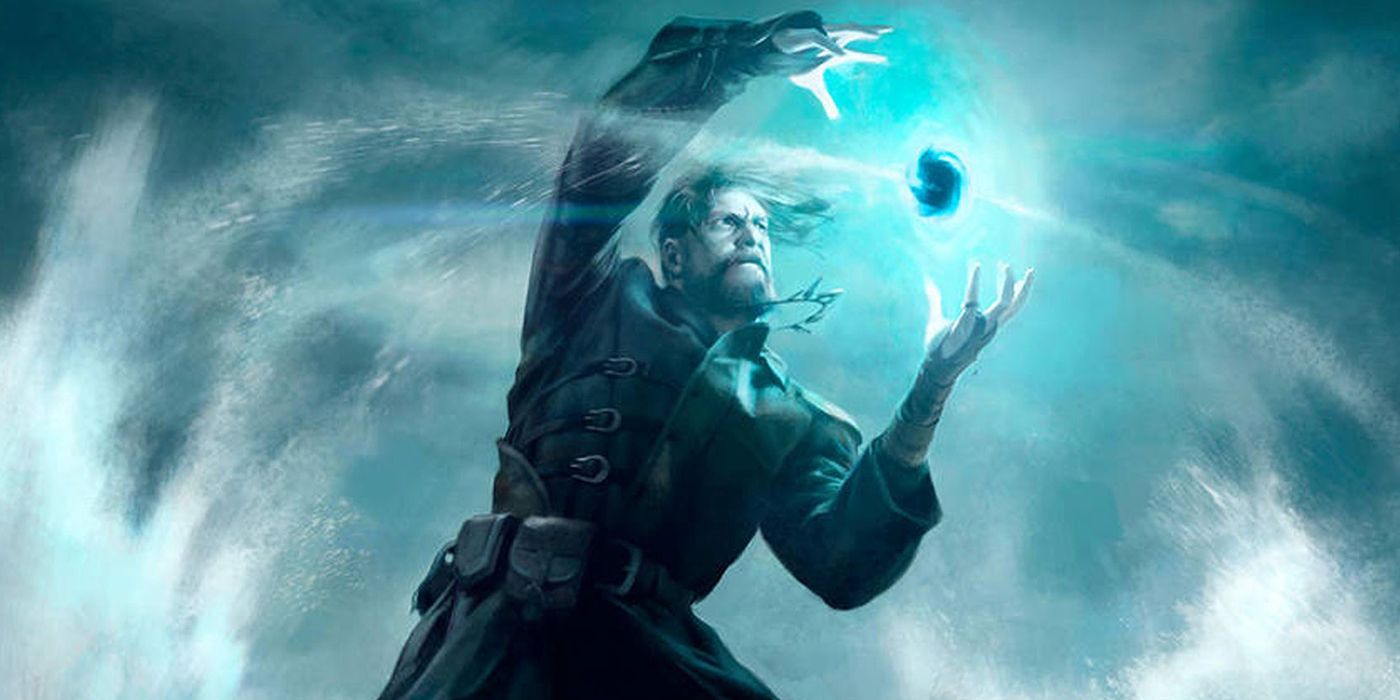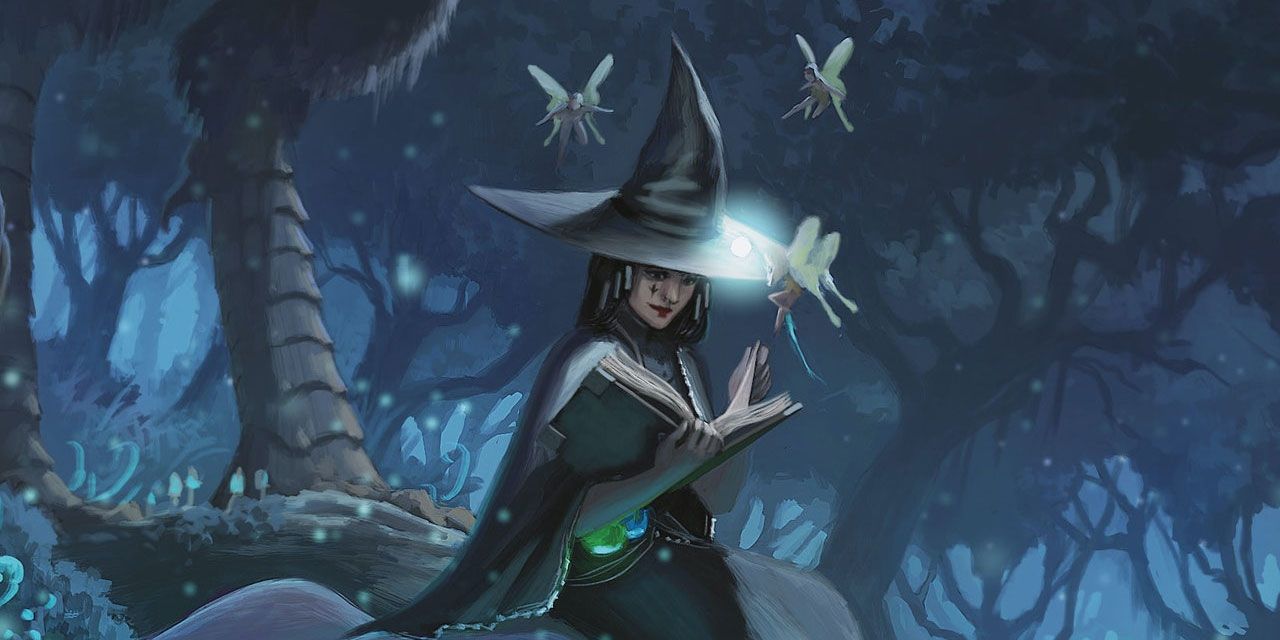Role-playing games are often associated with computers and consoles these days, but the table-top version of Dungeons & Dragons is thriving in spite of modern competition. In these days of finding things to do at home with the family or roommates, the world of TTRPGs has only expanded to include a whole library that includes volumes of adventure modules, inventories of gear, and spell scrolls from every school. Many epic stories have come from the most humble of homebrewed roots, but even the most badass level 16 character had to start somewhere.
There's so much to consider when outfitting each individual character that it's easy for even experienced players to feel overwhelmed. The starting equipment available will depend on a number of different factors, but there are some universal traits that all classes share, and keeping this in mind helps narrow down the myriad of choices available when it comes to starting equipment for each class.
Factors That Determine Starting Equipment
The Game Module
Where and when a character starts in the D&D universe is going to determine the nature of some of their starting equipment. It used to be that D&D was narrowly focused on a European fantasy aesthetic, but that was literally decades ago. The choices of setting for D&D modules includes a myriad of choices now and there's nowhere that today's adventuring party can't end up. The stats of most starting weapons and armor is generally going to be the same regardless of their design aesthetic anyway.
The Dungen Master
During the gaming session, the Dungeon Master is the God of the Universe. What starting equipment every player gets will ultimately be determined by them, and sometimes players can start with nothing at all and have to acquire their starting gear as part of the story. On the other hand, if players have problems or questions about their starting equipment, they can get help by working with the DM. Considerations for homebrews or multi-class equipment choices are also something the DM will have to approve.
The Character's Class and Level
The term "starting equipment" brings to mind level-one characters that are fresh off the creation sheet, but this isn't always the case. There are plenty of D&D modules that aren't designed for new characters. Instead, these are intended for those that have leveled through other adventures and usually include the options of rolling a new character at an advanced level.
In this case, the starting equipment will share a few basic characteristics when it comes to building a class even if some of the details aren't exactly the same. Anything with a Good Luck buff is ideal for any class at any level, and classes like Rangers and Rogues have basic equipment like Rogue's Tools from level one. It's important to remember that choices will vary for multi-class or homebrewed classes.
Best Starting Equipment for Each Class
Artificer
- General Attributes: This class has a high Dexterity score and uses unique, crafted weapons at both long-range and in melee fighting.
- Armor: Comparable to spellcasters and Rogues, the Artificer also wears light and medium armor. Start with scale mail and a small or medium shield, and use spellcasting abilities with the main weapon hand.
- Weapons: Artificers do not cast spells, but instead they craft weapons and items and imbue them with magical properties. They can access a few Cantrips, which are also handy as weapons when a character is first starting out, and Artificers with a Dexterity higher than 16 could also equip a crossbow for decent ranged damage. Any finesse weapon is also a good match with a high Dexterity score.
- Other Gear: This class has bonuses when it comes to talents usually associated with other classes, like disarming traps and using magical devices. Handy starting equipment therefore also includes Rogue Tools and scrolls.
Barbarian
- General Attributes: It's all about melee abilities with the Barbarian, and depending on the exact build, that can include high scores in Strength, Consitution, or Dexterity. They are proficient in medium armor and all martial weapons at level one.
- Armor: A non-issue with a class that specializes in Unarmored Defense, but half-plate is recommended if possible.
- Weapons: Any two-handed melee weapon with +1 damage bonus is great, but the Greatax has the highest hit die and is the best choice.
- Other Gear: Any items that provide light or healing are ideal for the Barbarian at low levels. This class can't cast spells, takes a lot of damage when using Rage and related abilities, and doesn't want to give up a weapon hand to hold a torch. Don't bother with a shield even at low levels.
Bard
- General Attributes: Bards have a versatile spellbook. The spells that players choose for their Bard can be changed later, which is one of the perks of the class since some spells are more useful at lower levels. Charisma is the Bard's highest ability score but they also tend to have a high Dexterity.
- Armor: The high Dexterity helps with the AC, and at beginning levels, Bards are limited to medium armor which means leather is the best available.
- Weapons: Anything finesse, which covers certain types of daggers and some exotic weapons. Casting will always be the Bard's most powerful ranged ability, and spells with crowd control options like Sleep or Hideous Laughter are essential at lower levels. For those Bards that want a ranged weapon option, a crossbow is the best choice. Add a shield for some extra protection.
- Other Gear: Bards can often use scrolls and other magical items if the party has a few spares lying around, and anything that adds bonus AC is also useful.
Cleric
- General Attributes: The Cleric's choices of Divine Domain are diverse and varied, and the ideal starting equipment starts with considering the needs of each unique Cleric build.
- Armor: Start with chain or mail before moving up to plate at higher levels. Carry a shield if possible.
- Weapons: Any kind of mace, which is true for any level. For ranged choices at early levels, a crossbow or javelin would suffice but can be replaced by Cantrips as the character progresses.
- Other Gear: Any accessories like rings, amulets, or trinkets that improve spell damage or hit, the latter especially for healing Clerics. Focus on Constitution for more defensive builds.
Druid
- General Attributes: The Druid is one of D&D's most versatile classes, and the options for starting equipment are equally varied. Builds differ for damage dealers, spellcasters, and healers.
- Armor: Medium studded leather is the best option available at any point in a Druid's progression.
- Weapons: Druids rely on the teeth and claws of their animal forms, but a blunt weapon like a quarterstaff or club is fine, especially at lower levels before a Druid has that many forms or has less powerful ones.
- Other Gear: Anything that helps buff the Druid's signature abilities is helpful, whether it's a staff with a spell bonus or a trinket that aids in healing. Druids can also use scrolls in case the party's other caster's need some backup.
Fighter
- General Attributes: The classic RPG class and also one of the most popular choices for multiclass characters, Fighters rely on either Strength or Dexterity for their talents and abilities. Strength Fighters usually take a defensive role while Dexterity Fighters lean more towards dealing more damage.
- Armor: Start with chain mail before moving up to full plate later.
- Weapons: Literally anything, just try to make sure it has a +1 bonus on it. Aside from that, choose based on the individual build. For example, if Strength is the character's main focus, a Warhammer or Longsword is ideal.
- Other Gear: Fighters, like some other martial weapons, can't use magical items. Potions and magically-enhanced equipment are fine, however, so anything to improve AC, Dexterity, or Strength.
Monk
- General Attributes: The Monk class shuns all of the attention players give to gear, in particular weapons, and doesn't even have the spellcasting abilities to make up for it. Equipment is less varied with this class regardless of the level so players have to get creative from the start.
- Armor: Monks are on the same level as spellcasters and wear only scant armor, so any equipment with an AC, Consitution, or HP boost, is ideal.
- Weapons: Choices are limited but on the other hand a Monk is proficient with the kind of +1 weapons that are common early in D&D modules, like quarterstaffs and darts.
- Other Gear: Anything that improves damage resistance, especially of the melee and non-magical kind. Monks can't cast spells or use scrolls, so beginners will appreciate any item that would help them with visibility or self-healing.
Paladin
- General Attributes: The Paladin uses Strength and Charisma as their main ability scores, and which one depends on whether they are defense, damage, or healing.
- Armor: Paladins start with chain mail and move on to full-plate, and those that use one-handed weapons should also equip a shield.
- Weapons: Part of the Paladin build is selecting the character's Weapon Mastery, so the choice depends entirely on what role the character takes in the party. Paladins can use one or two-handed weapons, and the best ones have a +1 Strength buff. This combination is easy to find early in most D&D modules.
- Other Gear: Paladin's have some spellcasting abilities, especially when it comes to healing or holy spells, so equip them with a few backup healing spells and scrolls as soon as possible.
Ranger
- General Attributes: The Ranger class is primarily martial in nature with a build that depends on their choice of Favored Enemy, Fighting Style, and Ranger Archetype.
- Armor: Leather armor is the best a Ranger can do at any level, but which type depends on the individual. A Ranger can wear scale mail, but this has an adverse effect on the Stealth ability, so it's better to stick with leather until the player has more experience and the character has more need of protection than trickery.
- Weapons: The bow is the Ranger's signature weapon, and those with enough points in their Strength score can equip a longbow. Rangers that go the spellcasting route can choose a quarterstaff, which can be used as both a weapon and a Focus.
- Other Gear: Feats, spells, and trinkets that buff the character's aim and hit rating are common for Rangers, even at early levels. Some Rangers can use spells and scrolls of the healing variety, but their depth of knowledge is limited, comparable to Paladins.
Rogue
- General Attributes: A player favorite, this class is the class melee damage dealer, and relies on Dexterity as their main ability score. Many multi-class characters start with the versatile Rogue.
- Armor: Leather, preferably with Dexterity or AC buffs, which are usually +1 a level one.
- Weapons: Anything finesse, which can mean daggers or rapiers, since Rogues often fight using a two-handed style the player can mix and match these options. Light crossbows are a great ranged weapon and easy to find at lower levels.
- Other Gear: Some Rogues can use Cantrips or scrolls if they choose a Feat or Archetype which gives them that ability. Anything that improves basic but important Rogue skills like lockpicking and disarming traps is useful at lower levels before those abilities have been leveled.
Sorcerer
- General Attributes: The innate spellcasting abilities of Sorcerers mean that the spells they choose earlier can be swapped out for others later. They are usually focused on ranged damage but which kind depends on each unique character.
- Armor: Sorcerers are limited to light armor. Choose Mage Armor and Shield as soon as possible to give the character a crucial AC boost.
- Weapons: Only the crossbow is more powerful than the Sorcerer's spells at early levels. Equip a light crossbow to compensate until progressing to level 5 or 6.
- Other Gear: Anything that includes improvements to hit rating, armor rating, or spell regeneration, and Sorcerers can use any and all magical devices, with few exceptions. This can come in the form of trinkets, scrolls, or jewelry.
Warlock
- General Attributes: Warlocks rely on Charisma for their spellcasting abilities, so anything that boosts this ability score is great from the start. Their choice of Otherworldly Patron determines more specific choices when it comes to accessories, but they are primarily a damage dealer and crowd-controller.
- Armor: These spellcasters can wear leather, so they already have an AC advantage as long as they're not stealing gear from the Rogue in the party.
- Weapons: There's a relatively small array of spells but also possess one of the most powerful cantrips in D&D, and only the Hexblade subclass is really concerned with carrying a weapon. For early levels when these abilities are still in their infancy, a whip and shield combo are also solid choices.
- Other Gear: Give the Warlock a few scrolls to compensate for their relatively short spellbook. Anything that grants extra spell slots is great for a Warlock of any level but it's especially useful at lower levels.
Wizard
- General Attributes: Wizards have to learn and memorize spells, so it's important to choose the ones that will be the most useful over the longest period of time. On the other hand, they know so many spells that there's virtually nothing they can't accomplish in an adventuring party.
- Armor: Like the Sorcerer, armor options are scant, so spells like Mage Armor are essential. Capes, hats, or bracers that improve Constitution, hit points, or AC are always a priority for Wizards.
- Weapons: The Wizard's spells can do more damage than any weapon after level 5. Until then, it's nice to have a light crossbow equipped for some quick ranged damage.
- Other Gear: This is the class notorious for using scrolls, and many Wizards also have the power to craft magical items for a variety of uses. Anything that improves damage, speed, or access to Cantrips is another plus.

